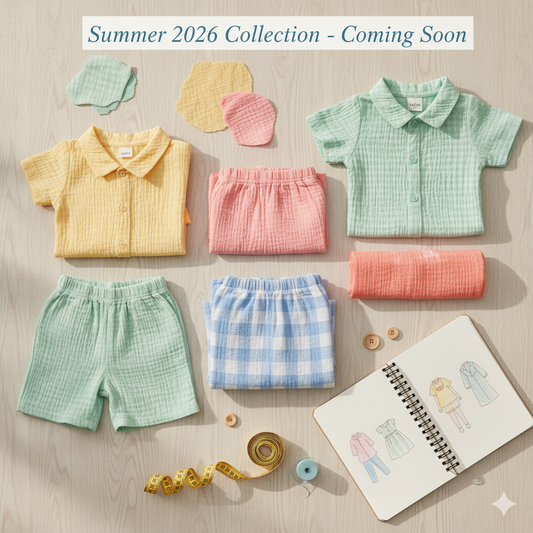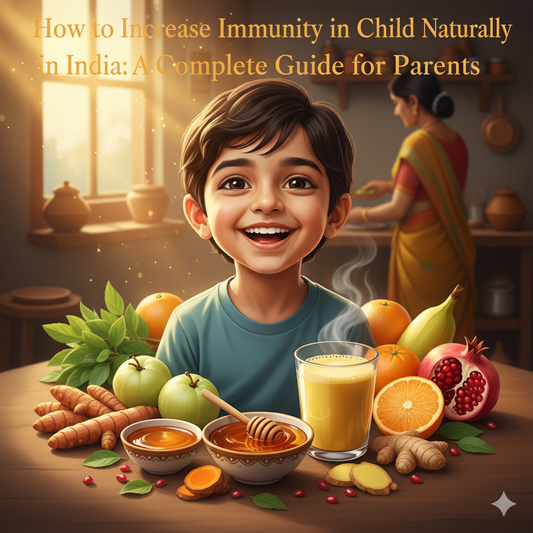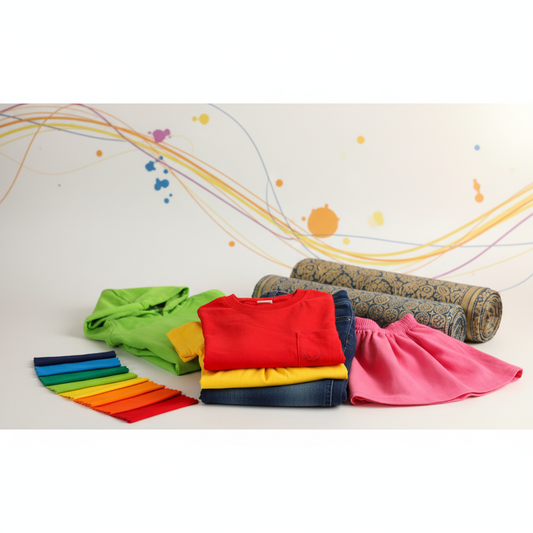
Learning about the kids clothing business : First year of business
Introduction: The Journey Begins
Starting a business is never easy, but starting one in an entirely new state, without knowing the local language, and in an industry you're learning from scratch? That's a whole different challenge. Yet here I am, one year into running a kids clothing brand, and I want to share everything I've learned along the way.
I moved from the serene hills of Himachal Pradesh to the bustling textile hub of Tamil Nadu with a dream: to create quality clothing for children. It was a leap of faith that required leaving behind everything familiar and diving headfirst into the unknown.
Meet Our Brand: Quality Kids Clothing from Tiruppur
Today, we're proud to be a kids clothing manufacturer based in Tiruppur, India's knitwear capital. We've established our presence across multiple platforms - you can find our products on Myntra, Amazon, and our own website. What sets us apart is our commitment to being a wholesale kids clothing manufacturer with low minimum order quantities (MOQs), making it easier for small retailers and boutique owners to access quality products without massive initial investments.
We understand the challenges that small businesses face because we've lived them. Our low MOQ model isn't just a business strategy; it's our way of supporting other entrepreneurs who are just starting out, the way we once were.
Still Learning, Still Growing
I'll be honest - we're still learning every single day. The kids clothing industry is vast, complex, and constantly evolving. But through persistence, countless questions, and more than a few mistakes, we've managed to carve out a small identity for ourselves. We're not the biggest brand out there, but we're building something authentic, something that stands for quality and integrity.
Our customers are beginning to recognize us, and that recognition didn't come from having all the answers from day one. It came from being willing to learn, adapt, and never compromise on the quality we promised.
The Cultural & Language Challenge
Moving to Tamil Nadu without knowing Tamil was perhaps my biggest hurdle. In Tiruppur, the textile industry operates in a unique ecosystem where relationships matter as much as business acumen. Most vendors, workers, and manufacturers communicate primarily in Tamil, and here I was, struggling to understand even basic conversations.
The first few months were frustrating. I relied heavily on translation apps, hand gestures, and the patience of kind strangers. But slowly, I began picking up the language. Every factory visit became a language lesson. Every negotiation taught me new words. The workers on the production floor became my informal teachers.
What I learned is that language barriers, while challenging, can be overcome with genuine effort and respect. When people see you trying to learn their language and culture, they open up. They become invested in your success. Today, while I'm still far from fluent, I can hold basic conversations and understand the technical terminology that matters in my business.
Understanding the Complete Production Process: From Yarn to Garment
When I started, I thought clothes were just... clothes. I had no idea about the intricate journey from raw yarn to the finished garment hanging in a store.
Learning About Yarn and Fabrics
My education began with yarn. I learned that not all cotton is created equal. There's combed cotton, carded cotton, organic cotton, and blends. Each has different properties, costs, and applications. For kids' clothing, we prioritize soft, breathable fabrics that can withstand repeated washing and active play.
GSM (Grams per Square Meter) became a term I used daily. It determines fabric weight and thickness. For summer clothing, we use lighter GSM fabrics (160-180), while winter wear requires denser materials (220-260 GSM).
The Manufacturing Journey
I spent weeks visiting factories, watching the entire process unfold. Knitting machines transform yarn into fabric sheets. These fabrics then go through dyeing - and here's where child safety becomes crucial. We learned to insist on AZO-free dyes that are non-toxic and safe for children's sensitive skin.
The cutting process amazed me with its precision. Multiple fabric layers are cut simultaneously using patterns, minimizing waste. Then comes stitching, where skilled workers bring the pieces together. Quality control happens at multiple stages, checking for loose threads, uneven seams, or printing defects.
What Makes Quality Kids Clothing
Quality isn't just a buzzword for us; it's our promise. Through this year, I've learned exactly what goes into making clothing that parents trust and kids love.
Fabric Selection is paramount. We choose 100% cotton or high-quality cotton blends that are soft against children's skin, hypoallergenic, and breathable. Kids have sensitive skin, and harsh fabrics can cause irritation or discomfort.
Sizing and Fit for children is tricky because they're constantly growing. We've learned to create designs with a little extra room that allows for growth without looking oversized. Our sizing charts are based on extensive research and customer feedback.
Durability matters because kids are rough on their clothes. Reinforced stitching at stress points, quality fabric that doesn't pill or fade quickly, and secure buttons or snaps that won't come loose - these details separate good clothing from great clothing.
Business Challenges in Year One
The challenges were numerous and sometimes overwhelming. Finding reliable manufacturers who understood our quality requirements took months of trial and error. We had orders delayed, quality issues, and communication breakdowns.
Managing production costs while maintaining quality felt like walking a tightrope. Cheaper materials meant lower prices but compromised quality. We had to find that sweet spot where we could offer competitive prices without cutting corners.
Minimum order quantities from suppliers were initially prohibitive. Many fabric suppliers required huge MOQs that would have exhausted our entire capital. We had to build relationships, prove our reliability, and negotiate better terms gradually.
Building brand identity from scratch in a crowded marketplace required creativity. Without big marketing budgets, we relied on organic social media growth, word-of-mouth, and delivering exceptional quality that made customers return.
Key Lessons Learned
If I could go back, I'd tell myself that mistakes are tuition fees for success. Every production error, every delayed order, every customer complaint taught us something valuable.
I learned that in manufacturing, relationships are everything. The vendor who gives you credit terms, the worker who stays late to complete an urgent order, the quality checker who catches a defect before shipment - these relationships determine success.
Most importantly, I learned that passion and persistence can overcome almost any obstacle. Not knowing the language or the industry weren't insurmountable barriers; they were just challenges to work through.
Looking Ahead
As we enter year two, we're excited about the future. We're expanding our product line, improving our designs based on customer feedback, and strengthening our supply chain. Our goal is to become a trusted name in kids clothing, known for quality, affordability, and reliability.
For anyone considering starting a clothing business, my advice is simple: start, learn, adapt, and never stop improving. The journey from Himachal to Tamil Nadu, from complete beginner to small manufacturer, has been challenging but incredibly rewarding. And this is just the beginning.







